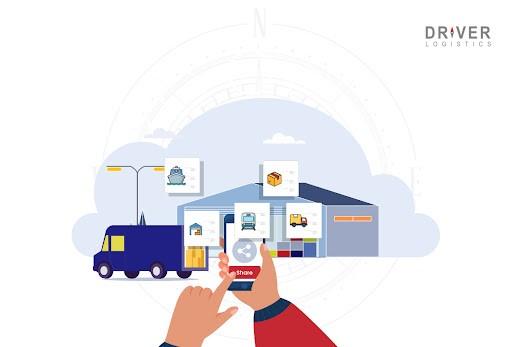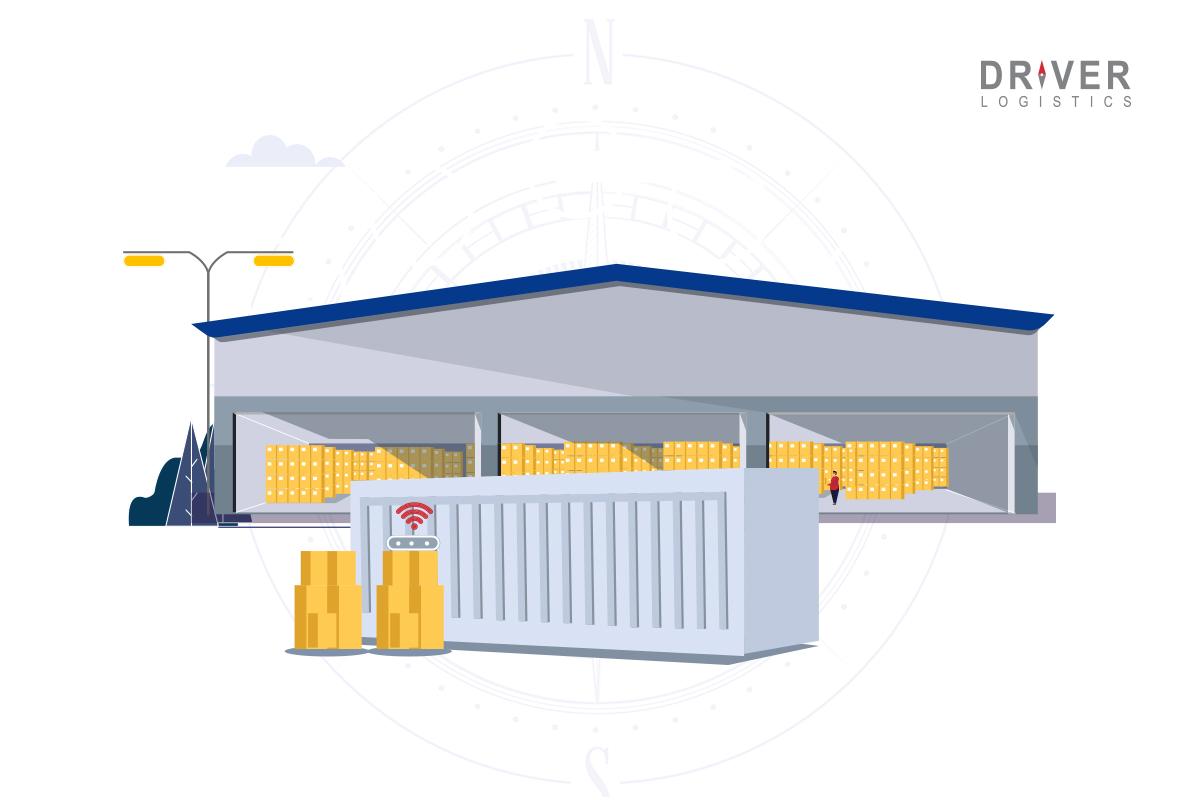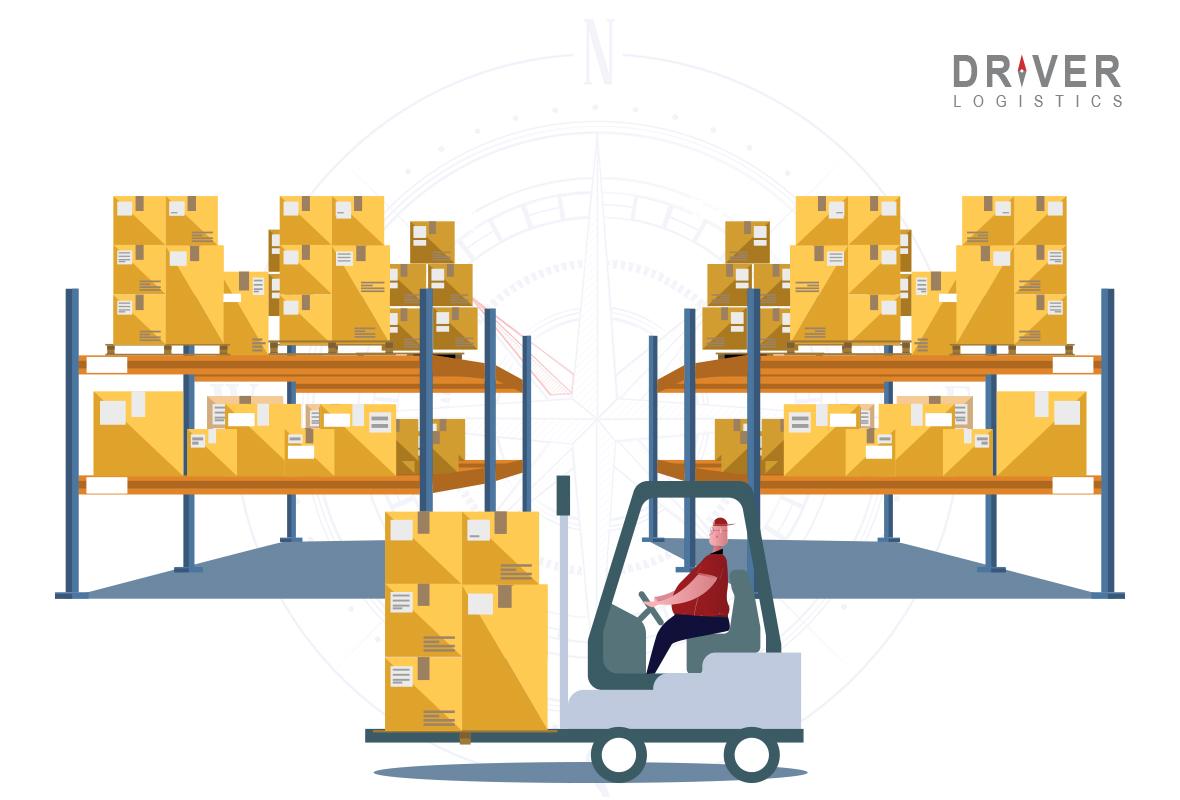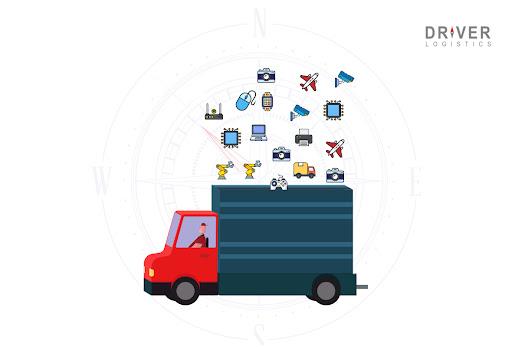
On-Demand Warehousing: Top Benefits & Use Cases To Enhance Your Business
Oct 10, 2023
If you're looking for a way to improve your business's flexibility and scalability, on-demand warehousing may be the answer. On-demand warehousing is a type of third-party logistics (3PL) service that allows businesses to store their products in a warehouse on an as-needed basis. This can be a more cost-effective and efficient solution than owning or leasing your own warehouse space.

What Is On-Demand Warehousing?
On-demand warehousing is a type of third-party logistics (3PL) solution that provides businesses with the flexibility to store inventory only when they need it. This means that businesses only pay for the storage space that they use, which can lead to significant cost savings. In addition, on-demand warehousing solutions are typically much more scalable than traditional warehouse leasing arrangements, making them ideal for businesses that experience fluctuating inventory levels.
According to McKinsey, on-demand warehousing enables merchants to have a broader footprint with their inventory — stocking multiple warehouses across the country to get closer to their end customers and lower time in transit (TNT) on final mile deliveries.
Who Uses On-Demand Warehousing?
On-demand warehousing is used by a variety of businesses, including startups, small and medium-sized enterprises (SMEs), e-commerce companies, and larger enterprises. The flexibility and cost-effectiveness of on-demand warehousing make it an attractive option for companies that need short-term or seasonal storage solutions, as well as those looking to expand their distribution networks without committing to long-term leases or investments in fixed assets.
On-demand Warehousing Benefits You Must Know
There are many benefits of on-demand warehousing, but some of the most notable include improved flexibility and scalability, cost savings, and increased efficiency. Let's take a closer look at each of these benefits:
Improved Flexibility and Scalability: One of the biggest advantages of on-demand warehousing is that it gives businesses the ability to rapidly scale up or down as their needs change. This type of flexibility is essential for businesses that experience seasonality or other fluctuations in demand. For example, a business might increase its on-demand warehousing capacity during its peak sales period and then reduce it during slower months. This kind of scalability simply isn't possible with traditional warehouse leases, which typically require long-term commitments.
Cost Savings: On-demand warehousing can also lead to significant cost savings for businesses. Because you only pay for the storage space that you use, you can avoid the fixed costs associated with traditional warehouse leases. In addition, on-demand warehouses are often located in areas with lower rents, which further reduces your costs.
Increased Efficiency: On-demand warehousing can also help businesses improve their overall efficiency. When you have access to storage space only when you need it, you can avoid the wasted time and resources associated with maintaining an unused warehouse. In addition, on-demand warehouses are often equipped with state-of-the-art technology and infrastructure, which can further improve your efficiency by automating various tasks such as order picking and inventory management.
Convenience: On-demand warehouses are often located near major transportation hubs, which can make it easier and faster to ship products to customers. Additionally, many on-demand warehouses offer value-added services such as packaging and assembly, which can save time and resources for businesses.
Geographic flexibility: On-demand warehousing allows businesses to have access to warehouse space in multiple locations, which can be beneficial for businesses with a wide distribution network.
Access to Prime Locations: On-demand warehousing providers often have warehouses located in prime locations that would be difficult or expensive to access on their own. This can be a huge advantage for businesses looking to expand their operations or reach new markets. Reduced Time to Market: On-demand warehousing can help businesses get their products to market faster, as they don't have to wait for a warehouse to be built or for equipment to be installed. They can simply rent the space they need and start storing and shipping their products right away.

How to Implement On-Demand Warehousing?
On-demand warehousing is a new and innovative way to store your inventory. It offers many benefits over traditional warehousing, including increased flexibility and scalability, reduced costs, and improved inventory management. If you're considering implementing on-demand warehousing, there are a few things you need to keep in mind.
Before you can implement on-demand warehousing, you need to take a close look at your storage needs. How much space do you need? What type of products are you storing? How often will you need to access the stored items? Answering these questions will help you determine whether on-demand warehousing is the right solution for your business.
Find a Reputable Provider
Once you've decided that on-demand warehousing is the right solution for your business, it's time to find a reputable provider. There are many companies that offer on-demand warehousing services, so it's important to do your research before making a decision. Be sure to read online reviews and compare pricing before selecting a provider.
Negotiate Terms and Conditions
After you've found a reputable provider, it's time to negotiate terms and conditions. Be sure to discuss pricing, storage requirements, and access restrictions with your chosen provider. Once you've agreed upon the terms and conditions, be sure to get everything in writing.
Manage Your Inventory
Once you've implemented on-demand warehousing, it's important to manage your inventory carefully. Keep track of what items are being stored and when they need to be retrieved. Be sure to communicate with your warehouse provider regularly so that they can keep track of your inventory levels and make necessary adjustments.
On-Demand Warehousing Use-Cases
Seasonal Storage: Many businesses experience seasonal fluctuations in demand for their products. On-demand warehousing can provide a cost-effective solution for storing excess inventory during peak seasons.
E-commerce Fulfillment: With the growth of e-commerce, many businesses are looking for flexible, scalable warehousing solutions to fulfill their online orders. On-demand warehousing can provide this flexibility without the commitment of a long-term lease. Expansion into New Markets: When expanding into new markets, businesses may need to quickly establish a local presence without the expense of building or leasing their own warehouse. On-demand warehousing can provide a turnkey solution for businesses looking to establish a foothold in a new market. Inventory Consolidation: Many businesses operate from multiple locations, which can lead to inefficiencies and higher costs. On-demand warehousing can provide a central hub for inventory consolidation, reducing transportation costs and improving order fulfillment times. Trade Shows and Events: Businesses that participate in trade shows and events often require temporary storage solutions for their products and displays. On-demand warehousing can provide a cost-effective and convenient option for storing and transporting goods to and from these events.
Read the related article: How express delivery can benefit your eCommerce business?
How Can 3PL Support On-demand Warehousing?
There are many ways in which a third-party logistics (3PL) provider can support on-demand warehousing. One way is by helping to manage the inventory of the warehouse. This can include keeping track of what products are in the warehouse, as well as where they are located. The 3PL can also help to replenish stock levels as needed, and can even provide real-time updates on inventory levels to the customer.
Another way that 3PLs can support on-demand warehousing is by providing transportation services. This can include picking up orders from suppliers and delivering them to the customer's warehouses. In some cases, the 3PL may even be able to store items at their own facilities and then deliver them as needed. This can provide a great deal of flexibility for customers who need to be able to quickly respond to changes in demand.
In addition to these two key services, 3PLs can also provide a number of other value-added services that can support on-demand warehousing. These can include things like packaging and labeling services, as well as assembly and kitting services. By outsourcing these types of services to a 3PL, businesses can free up their own staff to focus on more strategic tasks.

Find the On-Demand Warehousing Solution Providers Near You
On-demand warehousing can be a great way to improve your business's flexibility, scalability, and bottom line. To get started, analyze your storage needs and find a reputable provider.
By using an on-demand warehousing and fulfilment provider, you'll be able to save time and money while freeing up valuable warehouse space.
An on-demand provider can scale with your business, so you'll never have to worry about running out of space or having to deal with excess inventory. They'll also handle all the fulfilment and shipping for you, so you can focus on what you do best – running your business.
If you're ready to take your business to the next level, consider using an on-demand warehousing and fulfilment provider. They can help you save time and money while giving you the freedom to focus on what's important – your business.